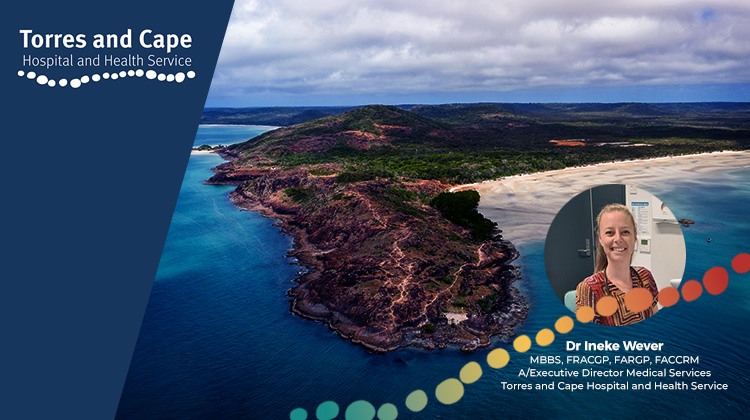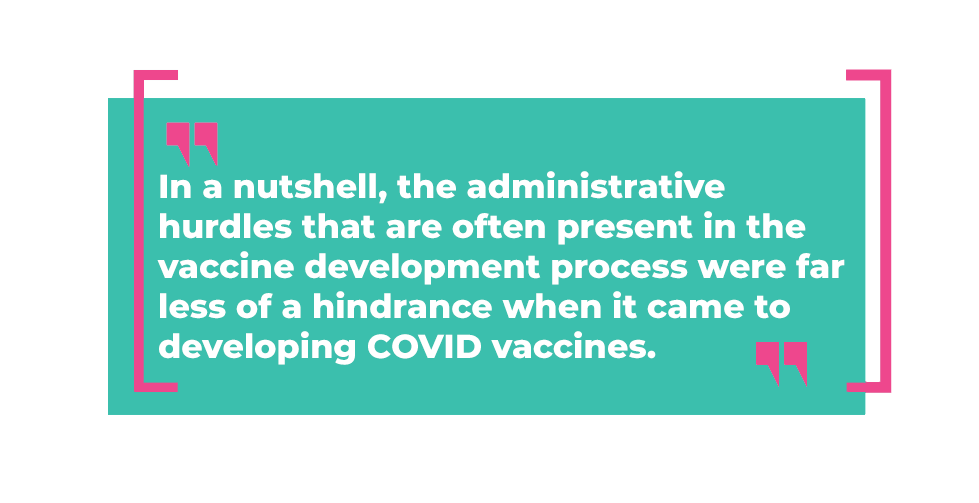Transforming a solution you love.
Reimagining the cloud
The future of healthcare is cloud.
Australia’s most trusted clinical software is transforming into a powerful, cloud enabled platform; built to meet the future needs of practices.
This is cloud done the Best Practice way. No forced migrations, no loss of control – just smarter, faster, and more connected tools, introduced on your terms.
Get ready, our journey begins soon.
Frequently Asked Questions (FAQ's)
We are embarking on a step-by-step transformation into a powerful, cloud-enabled platform; built to meet the needs of general practice without losing important integrations and functionality. No forced migrations, no loss of control – just smarter, faster, and more connected tools.
It begins with the introduction of Best Practice Mobile in July 2025, followed by cloud-enabled modules for Bp Premier and the move to cloud data hosting.
We will keep your practice informed via webinars and educational resources.
Yes! Omni is still coming to Australia. It is the final destination of our incremental journey to the cloud. We will be transitioning in a stepped approach to ensure practices don’t need to compromise on features, functionality and integrations.
Cloud solutions provide secure, real-time data access, interoperability, and scalability – capabilities that legacy, server-based systems cannot match as healthcare becomes increasingly digital and collaborative.
By hosting your practice data in the cloud you can utilise advanced security measures such encryption, real-time monitoring, automated vulnerability checks, and threat protection. This level of protection and regulatory compliance is often beyond the resources of individual practices managing their own internal servers.
- Shorter time for receiving new products and features
- Improved data security
- Cost reductions
- Less operational disruption from frequently installing desktop or client-server-based software solutions
- Remote access for your workforce
- More efficient collaboration with other healthcare practitioners.
For now, we’re focusing on Australian general practices using Best Practice Premier. However, in the future, we’ll be expanding to include allied health and specialist practices.
Your practice will soon be able to register for our Journey to the Cloud webinars, where we’ll guide you through each step of the transformation.
The first session will take you through our Journey to the Cloud strategy and provide an overall roadmap.
The next session will align with the launch of Best Practice Mobile and will explain how practitioners can access their practice remotely via the app or web browser.
We’ll advise you when registrations open via email, software updates, and our website.
The first step in our Journey to the Cloud will be the release of Best Practice Mobile in July 2025. This will allow general practitioners to access their practice from anywhere, anytime. For a long time, GPs have relied on printouts and delayed note entries when conducting off-site patient visits.
With Best Practice Mobile they will be able to access and update their appointment book and patient notes straight away. Camera capability will also allow practitioners to use the camera on their phone or tablet to upload images directly to Bp Premier, without the images being stored on their device.
Best Practice Mobile will be available via app for iOS and Android initially with a web browser version launching later.
We will incrementally introduce a series of cloud-enabled modules which will either enhance current functionality or provide new features. One of our early modules will include online forms, a feature that will allow practices to send out administrative and clinical forms digitally to patients.
You can also look forward to digital payments, enhanced reporting and templates.
Most practices are already using cloud data hosting for some functions, such as emails. And many larger practices already use external providers for cloud hosting of all of their clinical data.
- Cloud hosting will provide a welcome cost savings to many practices currently using servers on their premises. The mitigation of the risk of data loss due to events such as floods, fires or theft, will be a strong incentive for many to adopt this option. And an improved ability to efficiently collaborate with other health practitioners will make this service essential over time.
- Cloud data solutions provide advanced security measures such as encryption, real-time monitoring, automated vulnerability checks, and threat protection. This level of protection and regulatory compliance is often beyond the resources of individual practices managing their own internal servers.
- Cloud solutions deliver automatic updates and centralised oversight, reducing the risk of outdated security protocols and human error, while also enabling secure remote access for clinicians. This makes cloud solutions safer and more resilient against modern cyber threats compared to on-premise data hosting.























